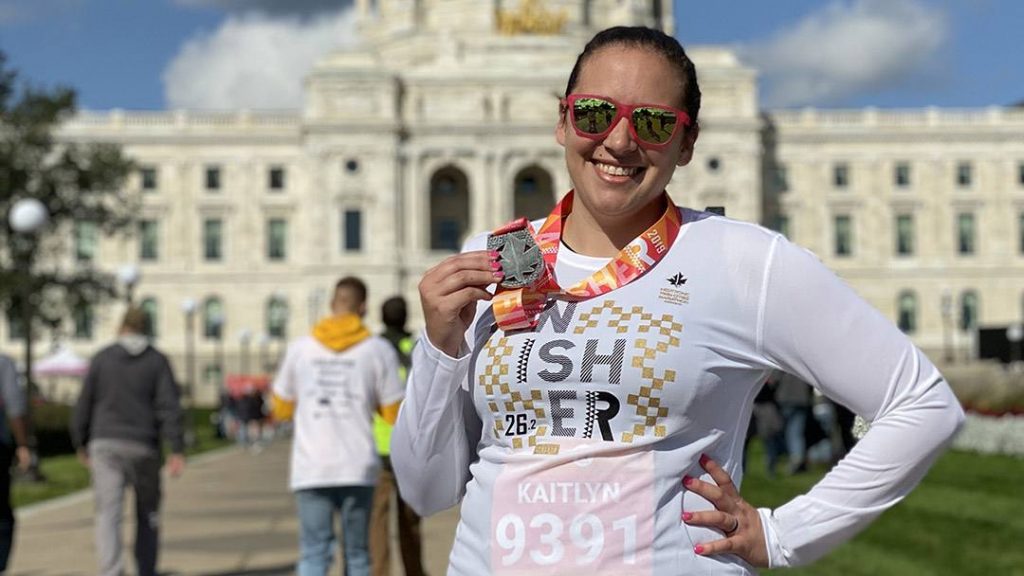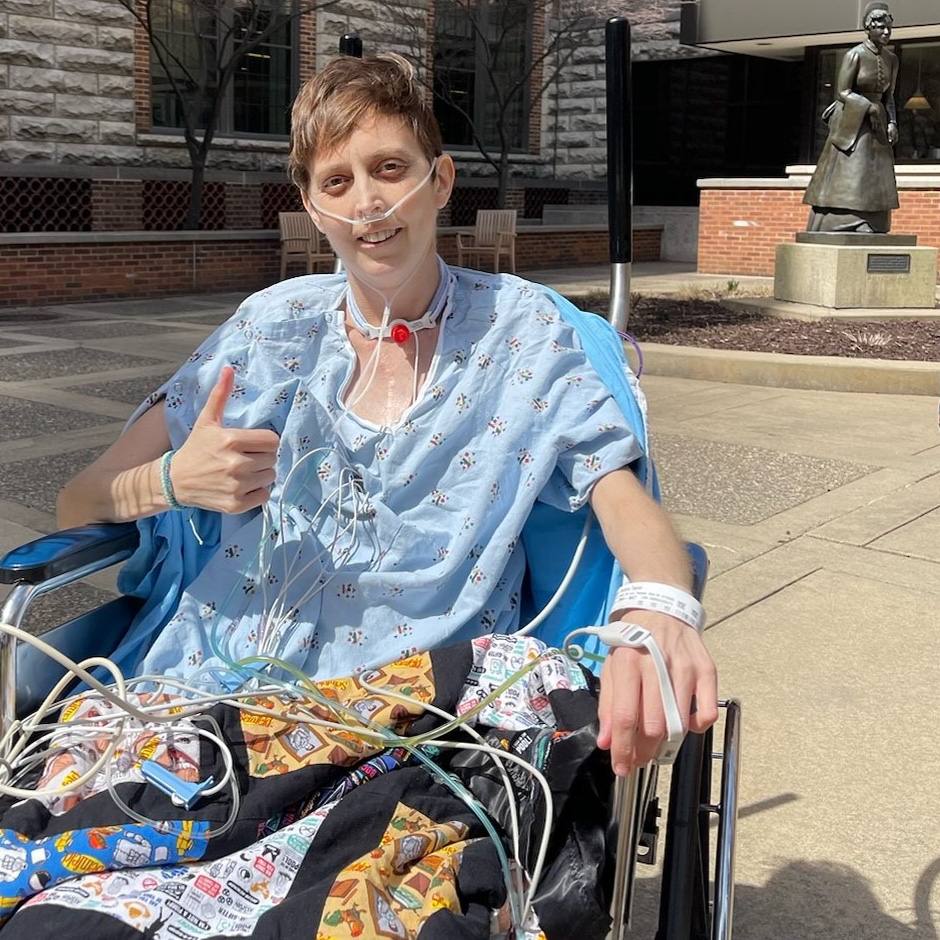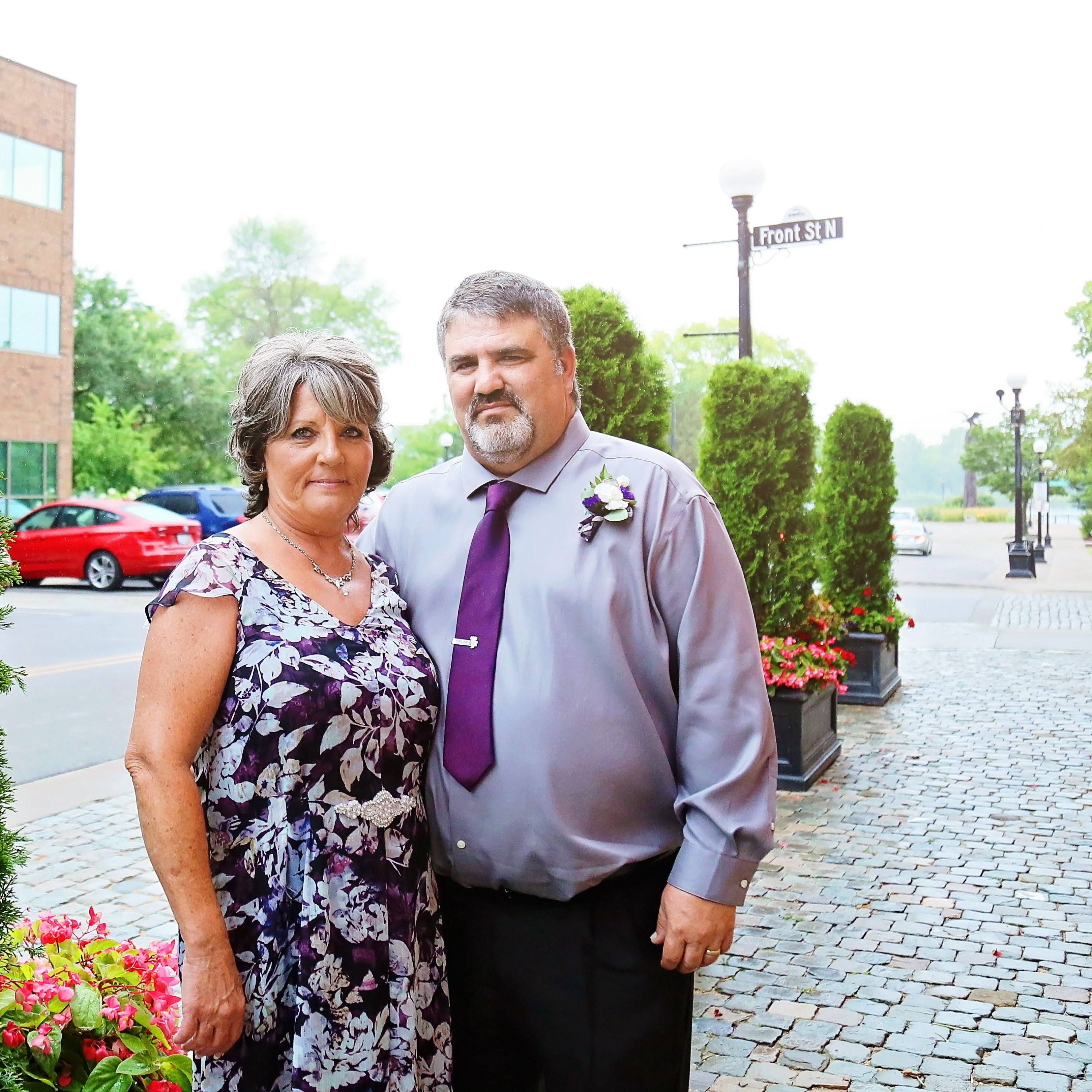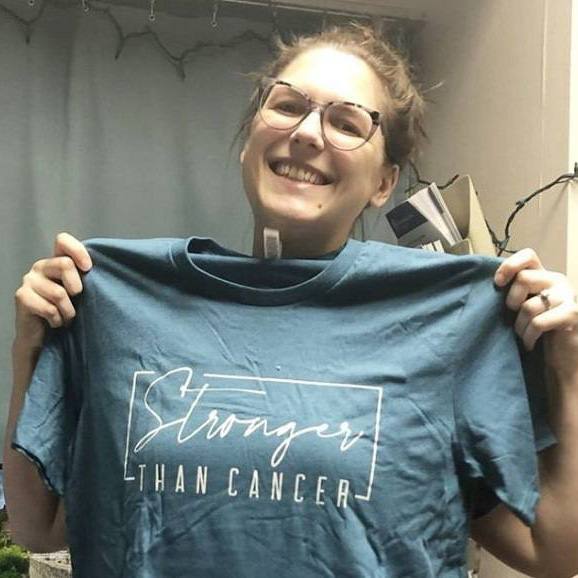-
Sharing Mayo Clinic
Crossing the Finish Line With Help From Sports Medicine

After a decade of running 5Ks, 10Ks and half-marathons, pain was keeping Kaitlyn Johnson from the sport she loved. Though she feared her running days were over, a comprehensive treatment plan developed by Mayo Clinic Sports Medicine allowed Kaitlyn to get back to running and achieve one of her biggest personal goals.
Kaitlyn Johnson's love of running began 11 years ago when she ran a 5K to raise money for a women's shelter. "The feeling when I finished was amazing, and I knew I was going to keep running," Kaitlyn says. "Throughout college, I did a lot of local 5Ks and worked my way up to the Monument Avenue 10K in Richmond, Virginia, during my junior year."
When she moved to Minnesota for law school, running became a daily stress reliever. "I would run a lot throughout the week," Kaitlyn says. "It was meditative and helped me feel at peace."
In 2013, she completed her first 10-mile race. "The feeling of accomplishment was absolutely incredible. I felt unstoppable," Kaitlyn says. "To me, it's all about being the best runner I personally can be."
Kaitlyn ran her first half-marathon while studying for the bar exam and continued to participate in more half-marathons, as well as 5Ks and 10Ks for the next few years. She also was part of a 200-mile team relay race. But soon, her robust running life came to a grinding halt.
A major hurdle
After completing a half-marathon in February 2018, Kaitlyn began training for another one — the Red, White & Boom Half-Marathon held on July 4 in Minneapolis. But for the first time since she had taken up running, Kaitlyn started having shin pain.
"When my foot hit the ground, I would feel a stabbing pain in my shin. At first, I tried to ignore it and hoped it would get better," she says. When the pain progressed to the point that it was limiting her walking and daily activities, Kaitlyn got scared. "I was worried I had done real damage to my leg."
"Dr. Payne is so extraordinarily compassionate. I felt like he knew what I was going through and could relate because he is an athlete himself."
Kaitlyn Johnson
But her biggest fear was that doctors would tell her she couldn't run anymore. In June 2018, she called Mayo Clinic Sports Medicine and obtained an appointment with Jeffrey Payne, M.D., a sports medicine and rehabilitation physician at Mayo Clinic Square in Minneapolis.
"Dr. Payne is so extraordinarily compassionate. I felt like he knew what I was going through and could relate because he is an athlete himself," Kaitlyn says.
When she met with the Sport Medicine team, Kaitlyn did a series of walking and hopping tests to gauge where the leg pain was located. Dr. Payne discussed with her the possibility that she may be suffering from a stress reaction or stress fracture.
"Stress reaction is the precursor to a stress fracture. It's a chronic repetitive injury to the bone. If you continue to load the bone, it becomes an actual stress fracture," Dr. Payne says. "Anyone who is doing high-impact exercise can be at risk, especially people just beginning a running program or runners that increase their training."
Kaitlyn had an MRI and met with Dr. Payne afterward to discuss the results. The imaging showed swelling within and around her shinbone, or tibia, that correlated with the location of her pain.
"This can happen for a variety of reasons, including increasing the amount of mileage that someone is running," Dr. Payne says. "Also, factors such as side-to-side differences in strength and flexibility can predispose someone to developing a stress reaction."
A healing plan
Dr. Payne recommended physical therapy for Kaitlyn, as well as a walking boot to decrease the stress to the bone, so it could heal. Within a week, Kaitlyn began physical therapy with Allison Mumbleau, D.P.T., a Mayo Clinic physical therapist who is an avid runner and has expertise in running form.
"I was surprised I was able to get into physical therapy so quickly and was really relieved because my number one priority was getting better as quickly as I could," Kaitlyn says.
"We individualize physical therapy to see what we can do from a biomechanical standpoint to not only resolve a patient's symptoms, but also to try and prevent injuries from happening in the future."
Jeffrey Payne, M.D.
"Even though she couldn't run, we were able to initiate corrective exercises immediately. Initially, she was working on core strength, and hip group strengthening and flexibility for the hamstrings and calf muscles," Dr. Payne says. "We individualize physical therapy to see what we can do from a biomechanical standpoint to not only resolve a patient's symptoms, but also to try and prevent injuries from happening in the future."
As her physical therapy progressed, Kaitlyn transitioned out of the boot in early September 2018 and started running on an anti-gravity treadmill. "It allows us to decrease the amount of weight you're bearing when you're running by reducing gravitational forces on the body," Dr. Payne says.
Once she had done a few sessions on the anti-gravity treadmill, Allison put Kaitlyn on a gradual plan to return to running. The cooperative nature of her care throughout the process was key, according to Dr. Payne. "The collaboration we have within Sports Medicine is unique," he says. "We have many different specialists who all work together to develop the best plan for our patients."
Kaitlyn's condition steadily improved over the next several months. "In November, I got to the point where I was OK running for 20 minutes. So Allison and I put together a plan for me to train for the Disney Princess Fairytale Challenge in February," Kaitlyn says. "I was signed up for the 10K on Saturday and the half-marathon on Sunday."
The work she put in paid off. Kaitlyn was able to finish the event pain-free, which she says was a huge milestone. "It was just like a weight was lifted off of me. I had such anxiety about reinjuring myself and being in pain," she says. "After finishing the race, I felt like, 'I can actually do this and get back to my old self again.' At that moment, I knew I was ready to really get back to running."
After Kaitlyn completed a half-marathon in Duluth, Minnesota, in June, she decided to sign up for the Twin Cities Marathon — the first full marathon she'd ever attempted. "I knew I was physically ready to complete a marathon," she says.
A major accomplishment
On Oct, 6, Kaitlyn ran in and finished the marathon. "It was unbelievable. I had a bunch of friends and family cheer me on," Kaitlyn says. "I cried when I crossed the finish line because this is something that, for so much of my life, I would have never dreamed I could do. And a year ago, I didn't think there was any way I could complete a marathon."
Kaitlyn's care team at Mayo Clinic was thrilled. "We are so proud of her accomplishment. To see her hard work and perseverance rewarded is awesome. Kaitlyn is an inspiring person and our team at Mayo Clinic Square really enjoyed being a part of her journey to completing her first marathon," Dr. Payne says. "We want to do everything possible to help someone return to the physical activity they love as soon as possible and help them prevent injuries that can keep them from achieving their goals."
Kaitlyn is already thinking about her next marathon. She's looking at running in the Berlin Marathon and is entering the lottery for the 2020 New York City Marathon.
"I could not have made a better choice in going to Mayo and been luckier to end up with Dr. Payne and Allison," Kaitlyn says. "They were so patient and understanding, and focused on how to help me get back to doing what I love."
HELPFUL LINKS
- Read more about stress fractures.
- Check out Mayo Clinic Sports Medicine.
- Explore Mayo Clinic.
- Request an appointment.
Related Articles







